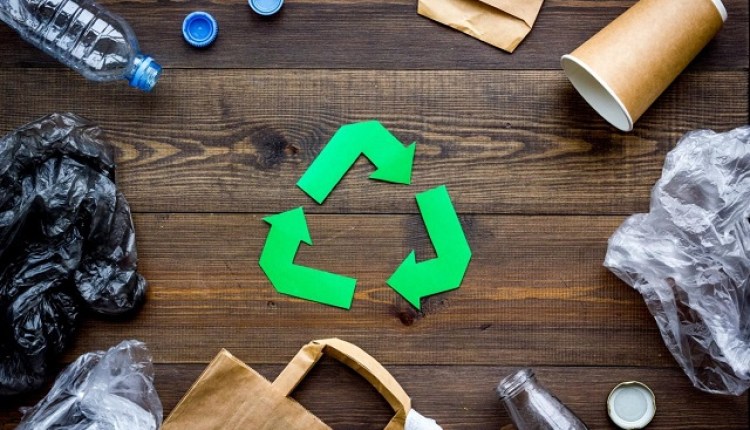Is Reduce, Reuse, and Recycle Still Effective?
Did you know that the EPA estimates that around 75% of all waste is recyclable?
Reviewing your company’s waste management system regularly is an important point to consider. This allows you to change when needed and to identify where any improvements can be made.
What began as a highly efficient system can become stuck in a loop and produce no lasting results. There’s confusion surrounding consumer waste recycling and what happens to it.
Is Reduce Reuse and Recycle still effective? The answer is a white yes. Below you’ll see how effective the process is.
Saves Energy
Despite recycling becoming more expensive and complicated, recycling is still more energy-efficient than creating new products from scratch.
The mining, transport, and production of new materials are highly energy-intensive, and recycling helps to alleviate some of that demand. It takes less energy to recycle aluminum than to mine and process new aluminum, for example.
And while recycling paper isn’t quite as energy-efficient as making new paper from sustainably managed forests, it’s still better than the alternative of virgin pulp production. So yes, recycle away!
Saves Space in Landfills
It takes far less energy to recycle materials than it does to create new products from scratch.
In addition, recycling often keeps usable materials out of the waste stream so they don’t take up valuable space in landfills and also help the environment. Recycling also creates jobs and supports businesses, which is good for the economy.
Conserving Resources
Recycling is still an effective way to conserve resources. It reduces waste in landfills and incinerators and helps save energy and water.
However, recycling is not the only way to conserve resources. Reducing the amount of stuff we use and waste, and reusing what we can, are also important ways to save resources.
Reducing Emissions from Manufacturing
Recycling is one of the most effective ways to reduce emissions from manufacturing. It diverts waste from landfill and incineration, reduces the need for virgin resources, and reduces emissions from extraction, farming, and forestry.
Additionally, reducing reusing and recycling energy consumption is another effective way to reduce emissions from manufacturing.
Energy efficiency can be improved by using more efficient machinery and installing energy-saving devices such as LED lights. Learn more about how to offset your carbon footprint and expand access to clean energy.
Helps Reduce Pollution
Yes, the 3 Rs are still effective in reducing pollution. Recycling helps keep materials out of landfill sites where they can produce methane gas, a potent greenhouse gas.
Reusing items instead of discarding them reduces the demand for new products that require energy and resources. And lastly, reducing consumption overall helps to decrease pollution and waste.
Importance of Reduce Reuse and Recycle
These days, it’s easy to be overwhelmed by the sheer amount of stuff we have. It can be tough to know what to do with it all, but the answer is still the same: reduce, reuse, recycle.
It’s still effective, and it’s still the best way to take care of our planet. So let’s all do our part and pledge to reduce reuse and recycle.
For more interesting articles, check out the rest of our blog.

